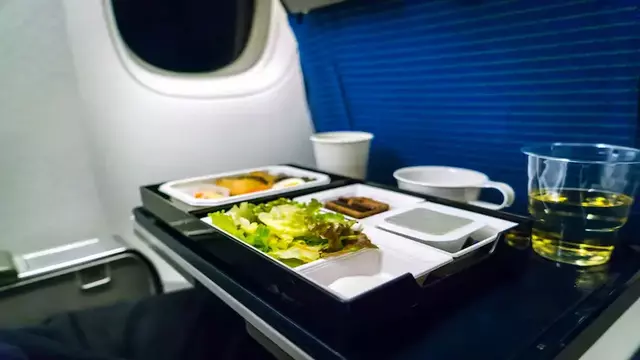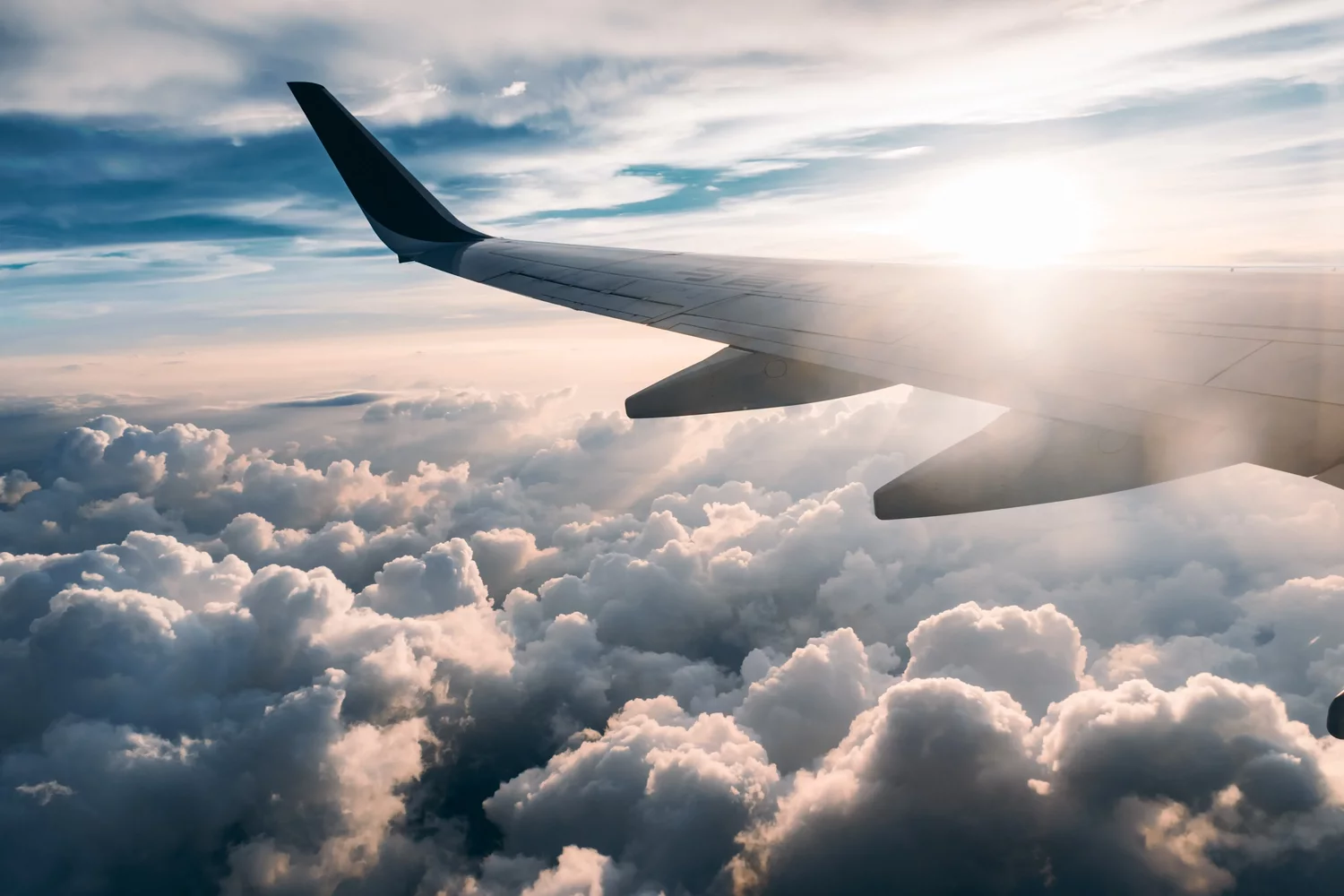Where do you categorize yourself as a frequent traveler who always likes to have a snack or a meal on hand during long flights? Or a few passengers with special dietary requirements as well who must bring their own food. Whatever your situation, the question on your mind might be, "Can you bring food through TSA?" Undoubtedly the guidelines released by each airline are a little bit strict, and it's quite obvious to wonder what's allowed and what's not while boarding the plane.
Checking In: What Are the Rules for Packing Food in Your Checked Bag?
Surely the airline allows you to bring all your foodstuff in your suitcase. However, there are certain guidelines that the passengers have to ensure. TSA has released some rules for the passenger to brief them about what’s allowed and what’s not. You can prepare yourself before arriving at the airport with the help of the list shared below:
Solid Food Products
It's very obvious that every airline has certain guidelines and rules for the checked baggage of the passenger. These guidelines can be of the size and weight of the baggage. So you can bring food in checked baggage but ensure that it comes under the weight and size limit mentioned by the airline.
Liquid and gel food items
The rules and regulations related to liquid food products are more strict in comparison to solid items. All liquid or gel food items products should not exceed 3.4 ounces. Moreover, the liquid and gel food items should be under the estimated size and width of the airline's baggage policy. It won’t be allowed to pass the security screening process if it does not satisfy the criteria.
Tip: If your liquid or gel items meet the 3.4 ounces size criteria, pack them in your carry-on luggage. Ensure to fit it all in a single quart-size baggage.
Creamy cheeses, Canned foods, Liquid chocolate, creamy dips, and spreads, like hummus or peanut butter and Honey, are some additional foods subject to the 3.4-ounce sizing.
Traveling with Baby Food, or Milk Formula
For babies, the TSA liquid rules are different. So, new parents traveling with their newborn or small babies can consider these rules to bring food on a plane, like baby food or milk formula along with them on the plane.
“Reasonable Quantities” of baby food, even more than 3.4 ounces, can be allowed by the airlines in a piece of carry-on baggage. The list of allowable liquids involves Formula, breast milk, and juice. Moreover, these don’t need a quart-sized bag like any other liquid.
Make sure to remove all these from your carry-on baggage and inform the TSA staff so that they can pass the screening test. All the liquid or gel items will likely be screened separately from the other belongings. Adding to it further, breast milk and formula are considered medical fluids. So you can carry these even if your child isn’t traveling with you.
Can you bring Food on a Plane that is Frozen?
Passengers can bring frozen food on a flight under some special circumstances only. Let’s consider the circumstances and what food items you can bring. For example, if your frozen food is solid, something like meat, seafood, or any kind of vegetable, then you are allowed to take it along with you on the flight. You can bring it in your carry-on luggage or checked baggage on the plane. Interestingly you don’t even have to worry about the container size.
On the other hand, if your frozen food is partially melted or slushy, it must fall under the category of “products with 3.4 ounces.”
Tip: If you want to keep your frozen items safe, you can bring ice packs with you to properly store the frozen items. The ice packs must be completely frozen and chilled when bought through screening. The airline won’t allow passengers to carry these items even if they are partially melted.
Can You Pack Food and Drinks After Passing Security?
This is the most common question that every passenger thinks of. So briefing about the scenario, once you have passed through the security, the overall size of all the liquid food and drink items, then there is no longer any issue. The airline allows the passengers to bring food and liquids they purchase after completing the security checking process.
Passengers can easily opt to bring all the larger liquid or gel items, including the food products, after completing the check-in process. You can easily board the plane with the food you purchased in the post-security checking process. Even if you are willing to purchase or buy a snack before boarding your scheduled flight, you surely can.
Can you bring Food through TSA?
After knowing all the basic criteria TSA releases, passengers must be aware of certain banned food items. Below are some items mentioned that you can’t board the plane with.
While talking about the liquid or gel food items you plan to take with you in carry-on baggage. These liquid food items should not weigh more than 3.4 ounces. In the case of melted food items, the airline won’t allow you to carry them in carry-on baggage. There are no such size restrictions for all the completely melted food items.
Coming on the liquids like alcohol. Passengers can’t carry alcohol in containers that are larger than 3.4 ounces in a piece of carry-on baggage. Alcohol having more than 24%, but less than 70% alcohol is limited to 1.3 gallons per individual. Moreover, it must be in unopened retail packaging. Alcohol with more than 70% alcohol is not allowed on the airplane, even in checked baggage.
Note: Passengers can’t bring fresh fruits and vegetables in their checked bags or carry-on baggage if they booked a flight from Hawaii, Puerto Rico, or the U.S. Virgin Islands to the U.S. mainland. This is restricted to avoid the risk of separating invasive plant pests.
Permissible Food Items for Airplane Travel
What food materials can you carry in a plane? Some exceptions with the baby foods and fluids are considered medical requirements. So before boarding your next flight, you don’t have to worry anymore just recall the points mentioned above, and you will be all set to go.















